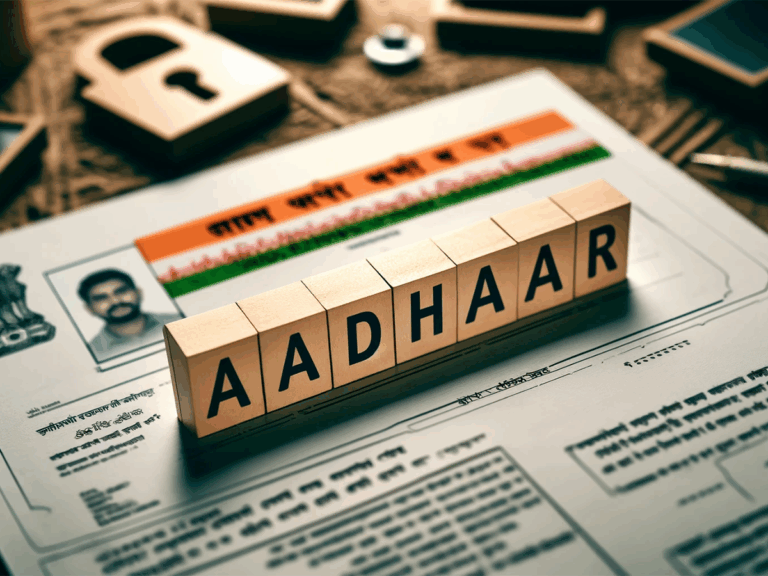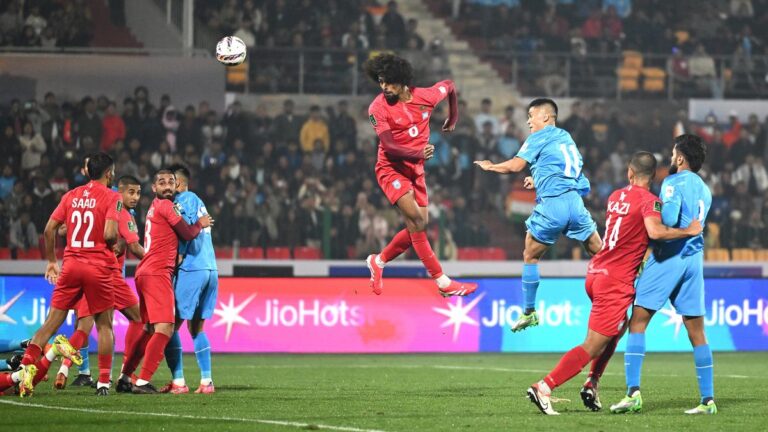Preity Zinta Accuses News Channels of Spreading Fake News Over Morphed IPL Image Controversy
Preity Zinta’s Outrage Over Morphed Image Sparks Discussion on Fake News in Media
Recently, social media was abuzz with a controversial morphed image of Bollywood actress and co-owner of Punjab Kings, Preity Zinta, alongside Rajasthan Royals player Vaibhav Suryavanshi. The image, which showed the two in what appeared to be a warm embrace, quickly spread across various platforms, including several news outlets. However, the actress was quick to debunk the fake narrative, voicing her outrage over the use of manipulated images and the consequences it holds for journalism and public perception.
The Incident: A Simple Meeting Misrepresented
Zinta’s fury came to light when she publicly expressed her disbelief that legitimate news channels would air what she labeled as "fake news." She remarked, “This is a morphed image and fake news. Am so surprised now news channels are also using morphed images and featuring them as news items!” Her response, shared on X (formerly Twitter), highlights a growing concern over misinformation and its spread through reputable media sources.
The root of the issue stems from a meeting between Zinta and Suryavanshi that took place after an IPL 2025 match. While they did interact, no embrace occurred, contradicting the narrative painted by the digitally manipulated image that circulated thereafter. Fans and followers soon pointed out the discrepancies, with various tweets emphasizing the importance of verifying sources before sharing or believing sensational headlines.
The Role of Media in Spreading Misinformation
The rapid spread of this morphed image raises significant questions about the responsibility of media outlets in ensuring the integrity of the content they publish. The use of manipulated images can lead to dire consequences, from compromising public trust to influencing perceptions unfairly. In an age where information travels faster than ever, the line between reality and misinformation becomes increasingly blurred.
Noteworthy Points:
-
Impact on Credibility: Media platforms risk damaging their credibility when they fail to verify content, creating a slippery slope where false narratives can flourish.
- Public Responsibility: With digital literacy being an evolving skill, it is imperative for audiences to hone their ability to discern fact from fiction, especially regarding celebrity news where emotions can sway public opinion.
Vaibhav Suryavanshi: A Rising Star Amid Controversy
As the IPL 2025 season progresses, Suryavanshi has emerged as a promising talent for the Rajasthan Royals. Despite the team’s recent struggles, SYS coach Rahul Dravid has been vocal about the potential that young players like Suryavanshi possess. The SRH’s head coach expressed hopes that these emerging players would soon be ready to take on international cricket, using this experience to fuel their growth in the competitive world of IPL.
- On-field Potential: During a recent post-match conference, Dravid remarked, “We’ve seen some abilities. Even today, the batting that Jaiswal did, Vaibhav did, Dhruv Jurel did. We have a lot of young, good Indian batsmen."
The Need for Digital Responsibility
In light of this incident, it’s crucial for digital platforms and news agencies alike to elevate their standards of authenticity in content dissemination. Investigative organizations, like D-Intent Data, have already identified numerous instances of fake content being circulated alongside this particular morphed image, underscoring the need for stricter protocols in how news is verified and shared.
Here are some steps that both the media and the public can take to combat misinformation:
-
Verify Sources: Before sharing images or news content, ensure that you check the origins and credibility of the source.
-
Report Fake News: Utilize tools available on social media platforms to flag and report manipulated content that misleads audiences.
-
Educate Others: Share insights on how to spot manipulated content with your networks to foster greater awareness.
- Engage with Reputable Outlets: Stick with news agencies that have a proven track record for fact-checking and responsible reporting.
Conclusion: A Call for Greater Vigilance
Preity Zinta’s reaction to the morphed image is more than just her personal outrage; it’s a reflection of a larger issue plaguing today’s media landscape. With the rise of digital platforms, the responsibility of both the media and the general public to discern fact from fiction becomes ever more critical. The incident serves as a reminder that while the digital age has transformed the way we consume information, it has also complicated the pursuit of truth. As Zinta’s predicament shows, a single manipulated image can enrage and mislead the public—making vigilance against fake news all the more essential for everyone involved.






